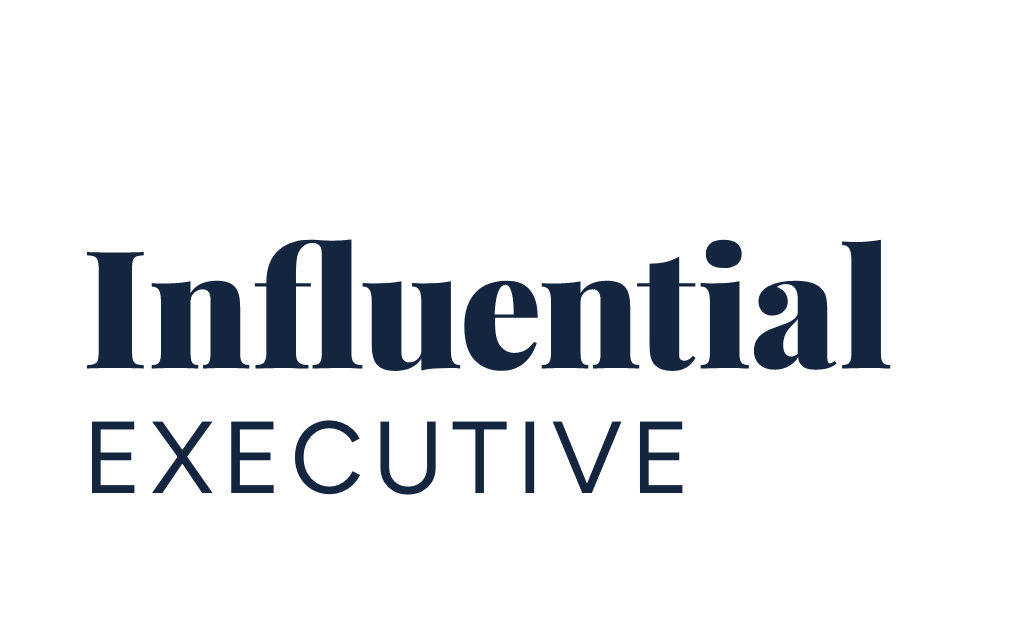Long-form content can be an effective complementary piece to an executive’s strategic social media presence. With many CEOs and other business leaders using LinkedIn as their primary social media platform, one feature to consider making use of is LinkedIn’s increasingly popular “newsletters.”
In this article, we provide a brief overview of what LinkedIn newsletters are, share our top tips to keep in mind, the benefits of your executive having a newsletter, and ideas on what to write about.
What is LinkedIn’s “Newsletter” Feature?
Compared to many of the other top social media sites, LinkedIn is truly the home for long-form content. Not only do social media posts feature relatively lengthy character limits compared to a platform like X, but the company’s newsletter feature is also an excellent way to share long-form content on a regular basis.
Both individual users and company pages can create newsletters, which other LinkedIn users can subscribe to. Read more about managing a LinkedIn newsletter here.
4 Things To Keep In Mind About LinkedIn Newsletters
1. Newsletters Versus Articles
LinkedIn does have a separate article feature, so what makes it different or similar to newsletters?
Articles don’t necessarily need to be categorized under an established newsletter and can be one-offs. Because of this, articles offer more flexibility since executives aren’t necessarily tied to writing about a specific topic. However, the downside is that other LinkedIn users have no way to “subscribe” to your articles. They’ll just see article content show up on their feed like other organic posts.
A newsletter must first be created, which includes inputting a title and description, and selecting how often you want to publish your newsletter. For example, will your newsletter be weekly or monthly? While executives don’t have to stick to this cadence, we do recommend selecting something close to how often you’ll be sharing newsletters so that followers have a better understanding of what to expect (and don’t worry — you can edit the cadence option whenever you want).
Think of newsletters like a folder and all of the articles within it relating to a similar theme. As we’ll discuss below, the theme can be as niche or broad as you want.
2. Subscribers
Unlike one-off articles, other LinkedIn users can follow your newsletter by clicking the “subscribe” button. This means they get notified whenever you write a new article for your newsletter.
This is useful because a user may come across an executive’s newsletter and subscribe because they enjoy it, yet they may not be following the executive’s page yet. In other words, newsletters can help grow an executive’s visibility and online presence.
3. Creator Mode
Executives will need to switch their LinkedIn account to “creator mode” if they want access to the newsletter feature. Learn more about LinkedIn’s creator mode here.
For all of our executive clients, we always recommend that they switch their profile to creator mode because doing so is easy and can help boost the visibility of your content! At the time of writing, newsletter access is available to creators with 150 followers and/or connections. Read more about LinkedIn newsletter eligibility here.
4. Best Practices
Similar to social media posts, it’s important to pay attention to best practices when it comes to LinkedIn newsletters. Here are some quick tips!
- Your newsletter title and description should be SEO-friendly and easy to understand. Make it catchy but also informative enough that other LinkedIn users understand what topic your newsletter covers.
- Maintain a consistent publishing cadence so that your subscribers remain engaged. Sharing one article per month consistently is better than sharing six articles one month, followed by months of inactivity. Followers may end up unsubscribing if they’re not feeling engaged with the content.
- Include a CTA (call to action) near the end of your newsletter article. For example, ask for the reader’s opinion or feedback on the topic you presented.
- Newsletter articles are longer than social media posts, but be sure not to make them too long that you’ll lose your reader’s interest before they reach the end. Consider testing with both shorter articles (3-4 paragraphs) and longer articles (4+ paragraphs). Of course, the length of an executive’s article may also be dictated by the topic they’re writing about.
The Benefits of Executives Having a LinkedIn Newsletter
Long-form articles can require a lot of time and effort. It takes a lot of work to brainstorm interesting topics, do research, draft up an article, edit it, and publish it on LinkedIn. Read more about how digital marketing agencies can support your executive social media program in this article, Executive Branding Services 101.
That being said, executives benefit from having a LinkedIn newsletter in a number of ways:
Showcase thought leadership and build personal branding, authenticity, authority, and credibility
Executive social media helps position business leaders as thought leaders. It showcases their expertise and deep understanding of the opportunities and challenges in their industry. Compared to short-form social media posts, long-form newsletters allow executives to take a deeper dive into a topic. While a shorter post may only present their surface-level thoughts on a topic, articles often include more depth and nuances on a topic, and can allow for additions such as statistics and other research.
Improve executive and company visibility
We briefly mentioned above that newsletters have the added benefit of improving visibility and reach for executives (and, by extension, their company). Because LinkedIn’s algorithm may be pushing more newsletters to more users, executives may see improved visibility and reach for their content.
Tap into one of Linkedin’s exciting new features
LinkedIn is making a big push to promote its newsletters to its users. In 2023, the company made several interesting updates to its newsletter feature, such as making it easier to write and edit drafts, understand performance, and improve SEO. With these constant updates, it’s important to keep your eyes out on future newsletter features that may help your executive reach their audience. We’ve seen in the past that LinkedIn will preferentially treat new features that they are testing (for example, polls at the time they were released were heavily pushed across users’ feeds).
Leverage SEO
Speaking of SEO, we always tell our clients that having a regularly updated blog is an excellent way to tap into keywords — and that’s certainly true of LinkedIn’s newsletters as well.
Creating and maintaining an engaging and strategic newsletter for executives is a good way to net those who may be searching for similar phrases on Google. This also ties back to thought leadership and how marketers can better position their executives to be known for certain topics.
Implement content diversity
Sharing long-form content provides an executive’s followers with a different format to interact with. Users get a better understanding of an executive, their personality, and opinions. There are also more opportunities for users to share their own thoughts as they read through the longer content, which can be encouraged by including CTAs in the article.
What Should Executives Write About?
LinkedIn newsletters are most effective when the articles written for them center around a specific topic or theme. In many cases, executives who are trying to position themselves as thought leaders within a specific industry will make that their focus.
- Industry-specific: For example, a technology-themed newsletter for the CEO of a tech company. This could be their unique take on trends in the industry or thoughts on where the industry is heading.
- Personal topics: For example, if an executive wants to speak about leadership or sustainability. This could be their perspectives or reactions to trending news.
With these approaches, people who may be interested in the industry or topic are likely to subscribe, even if they’re not familiar with the executive or the company.
- Executive-specific: For an even broader newsletter topic, frame it around the executive’s personal thoughts, rather than any specific topic. This allows the executive to share content related to a wider variety of topics. With this approach, however, it’s important for the executive to be engaging as people will be following for the individual, rather than the topic.
Are LinkedIn Newsletters Right For Your Executive?
While LinkedIn newsletters can offer executives many benefits, the major obstacle is the time and effort required to create high-quality content. This is why many executives and in-house marketing teams partner with external executive social media digital marketing agencies that can support both short-form and long-form content creation.
Here’s one final tip: Marketers who are managing their company’s LinkedIn page can promote their executive’s newsletter on the company page to boost the visibility of their content. Although the newsletter is published on LinkedIn, executives can also cross-promote their long-form content on other social media sites that they’re active on.


